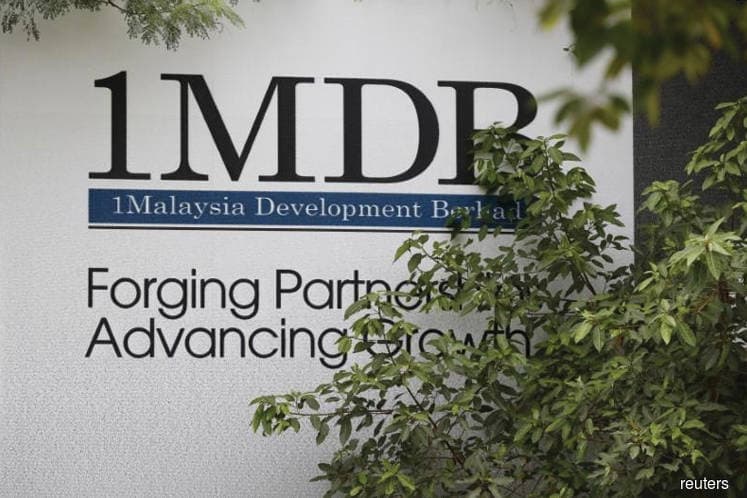
IN light of the billions that were misappropriated from 1MDB, it may not seem like much that millions were made by unknown parties on the first bond issuance of 1MDB in 2009.
Within a space of two weeks, one investor garnered RM45 million, and the other RM50.1 million. At the expense of the public.
It is time for Malaysian regulators to investigate the issue.
The Edge Malaysia reports that the bond in question was for the joint development of Pulau Bidong with Mubadala, and that Mubadala later denied this. The issuance had been rushed, heeding special advisers from the Terengganu Investment Authority (TIA) in May 2009.
According to the Auditor General's Report on 1MDB, Low Taek Jho (Jho Low), and Datuk Abdul Aziz Mohd Akhir were TIA's special advisers.
The bond is the RM5 billion, 30-year government-guaranteed Islamic Medium Term Notes (IMTN) issued by 1MDB's previous incarnation, TIA, in May 2009.
As the guarantee made the bond as good as government securities, reported the publication, it is questionable that the 1MDB bonds had to pay interest of 5.75%.
The 5-year government securities yield was 3.79% in 2009, and the government's own first 30-year RM2.5 billion bond which was sold in September 2013 was required to pay only 4.935% coupon.
In the secondary market, just weeks after the issuance of the 1MDB bonds, investors were willing to pay significantly higher yields.
The mysterious early buyers in the primary market made a quick flip, and laughed all the way to the bank.
The publication cites sources, who say that bonds were bought out of Singapore, by Malaysians.
Of the RM5 billion debt papers, only RM4.385 billion proceeds were raised. These were issued at RM87.92 or 12.08% discount to its RM100 nominal value. While the bond carried a coupon of 5.75% per annum, it had an effective return of 6.68% per annum, due to the discount.
The AG's report states that the discount was to ensure full take-up for the IMTN.
As the bond issuance was a "bought deal", AmInvestment Bank Bhd (AmBank) was lead arranger and primary subscriber for the 30-year papers, and thus bought the entire issuance for itself or for a selected group.
Then it sold them in the secondary market.
Maturing in 2039, the 30-year debt papers were issued in eight tranches, four of which (RM2.45 billion face value) were untraded.
This may mean that approximately half went directly to long-term institutional investors.
The publication cites disclosures to parliament in May 2015, of some RM200 million (4%) of the 2009 1MDB issuance ended up in the Employees Provident Fund.
Former EPF CEO Datuk Shahril Ridza Ridzuan reportedly described the investment as highly secured, and without risk to the EPF, due to the government guarantee.
The publication writes that of the remaining four tranches, tranche VZ090244, with a face value of RM600 million, total, was the most actively traded. RM2.8 billion worth of trades, or four times turnover, within two weeks of the issuance date of May 29, 2009.
Within this tranche, four million papers were done at a face value of RM100.45 or RM401.8 million in a single deal on June 11, 2009.
This implies a 5.72% yield of almost 100 basis points above the original of 6.68%.
The discounted face value of RM87.92, allowed the seller a 14% gain, just about RM50.12 million, two weeks from the issuance.
In November 2015, the publication reports that Bank Negara Malaysia fined AmBank RM53.7 million, for non-compliance with certain unnamed regulations that were thought to be linked to 1MDB related transactions.
The publication states that it is not clear if there are regulatory breaches involving the bank or issuer of the 2009 bond. AmBank did not respond to enquiries.
Ultimately, the 5.75% coupon over 30 years means the total needed to be repaid by the government will be RM13.625 billion.
And the country and its people will have to pay for it.